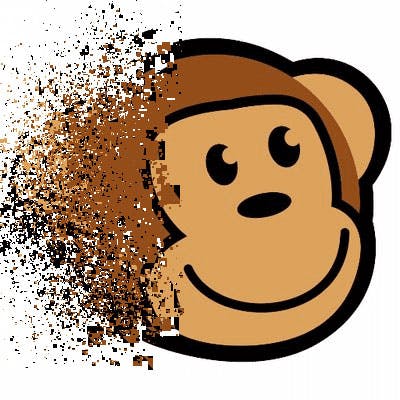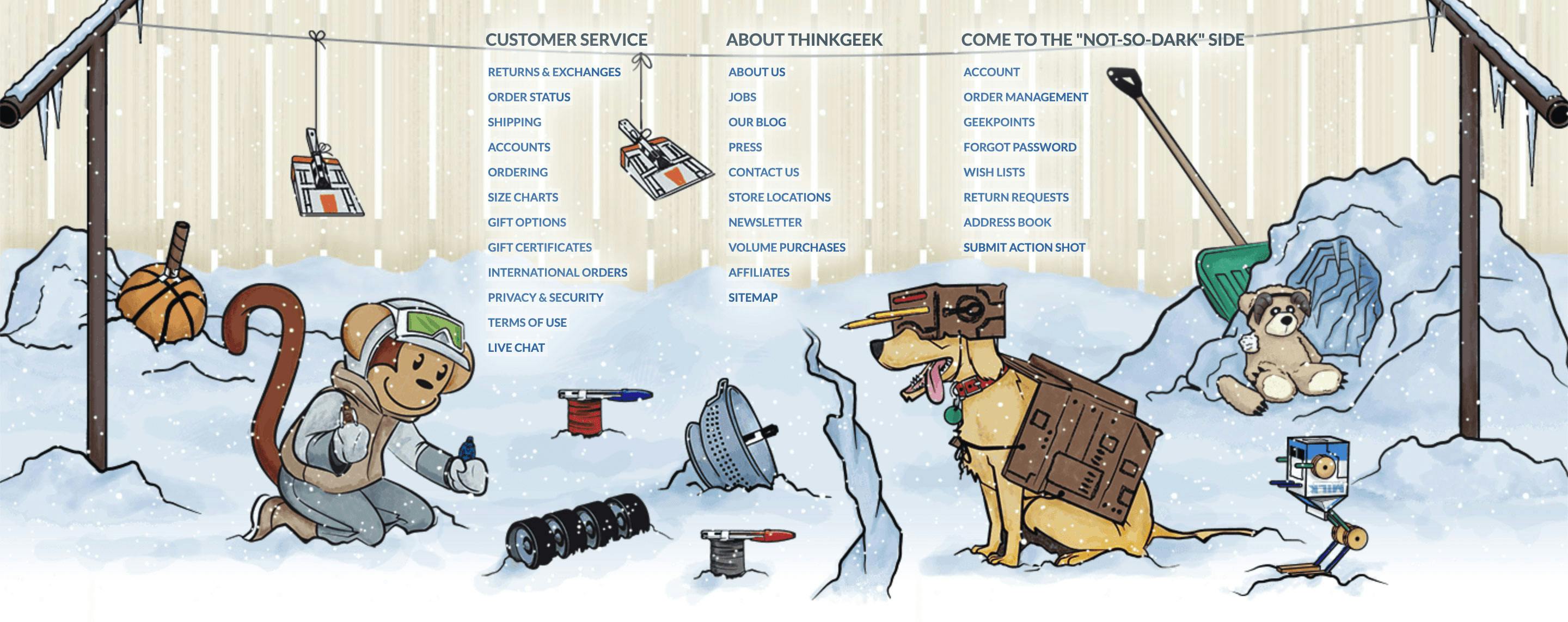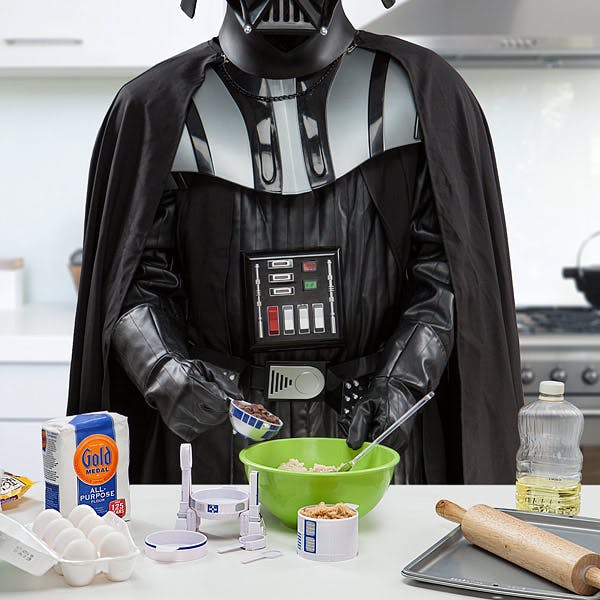Lessons Learned: Building Geeky Ecommerce Product Experiences at ThinkGeek
Working at ThinkGeek was fun, challenging, and rewarding. Those experiences taught me how to be a better person and how to apply those experiences to my work.
This post will focus on some of the takeaways from my time working at ThinkGeek.
Learning from past experiences
It’s about to cross the 4 year mark since I parted ways with ThinkGeek.
While GameStop (who owns ThinkGeek) seems to have killed ThinkGeek's mascot Timmy off twice now (there’s not even a landing page anymore), Timmy and ThinkGeek still live on in a lot of people’s memories.

GameStop: Snap - Timmy: I'm not feeling so good
It's a time of my career I deeply cherish. I’m still able to carry a lot of those memories and experiences into my every day work which help me build better experiences for people around the world.
Those experiences helped me have more empathy for the people using what I build and helped me have more fun with my work.
Regardless of the type of work, developer or not, we can carry lessons like those throughout the entirety of our career.
The details actually matter
Building a rich product experience takes a lot of effort. Sometimes people might notice and they’ll be pretty vocal about it. Other times, they’re not sure how to describe it, but something just feels “right”.
It's the part of the product that makes it special. Anyone can pull out a bootstrap theme, but what makes it different? What parts of your visitors journey on your website are you making easier to use?
These details can come in all sizes. Maybe it's giving a little feedback when someone hovers over and clicks a button. Maybe it's that extra step you took to make sure someone navigating with a keyboard was completely capable of distinguishing those bits of feedback when they couldn't use a mouse or touchpad.
But maybe it's just bringing someone a smile when they visit your website.
At ThinkGeek, Timmy the monkey was the fan favorite mascot of the geek community. Timmy was special! Fans from all of the world would post pictures of their Timmy stickers on their laptops.
But Timmy wasn't just a mascot, Timmy was part of the team. We made sure Timmy had a spot on the website for all occasions.
And it wasn't as simple as plastering his face all over the website. The talented creative team took the time to create different versions of Timmy whether it was with a lightsaber and robe for the Star Wars page or a Timmy incorporated into an entire scene for the holiday theme.

These details didn't stop with Timmy. Another favorite was how in an earlier version of the website, as you scrolled down the page, the robot footer would change to zombies!

Doing that kind of thing isn't necessary. That’s not going to directly drive revenue. But just like other small details, adding that special touch is going to make someone smile and want them to be part of your community.
Add some personality and your unique touch
ThinkGeek had super talented copywriters over the years that brought a unique, familiar voice to the website.
Browsing around and reading about products wasn’t your typical specification list, but ThinkGeek actually spoke geek. The product pages were filled with references that a fan would immediately recognize, adding more to the effect of making them feel like home.
This also carried to product photography. The photo wing of the creative team produced super high quality work, taking pictures of products that while unique in their own right, were incorporated into a larger idea bringing them to life.

The photography team also constantly recruited team members throughout the company to be part of the product photos, adding another touch of personality.

I was fortunate to be included in some of those product shots. While the work itself was usually interesting, it helped the customers get to know the people behind the HTTP request at ThinkGeek.
Also, it was just a ton of fun. Which leads me to…
It’s okay to have fun
While it’s certainly in everyone’s best interest to be professional, that doesn't mean you can't have a little fun.
Granted ThinkGeek had products that made some of this possible, the creative team took this to heart and made sure each video was more than just a voiceover of some dull product shot, it was a chance for the people that make up the company to show their personality and make the products more interesting.
(Yours truly also made a cameo or two).
This provided a way for the team to connect with the people who were buying things even if that meant they were never going to meet them.
The ThinkGeek team also made an effort to join the community around them and make a safe place for people to have fun.
The team regularly had trivia nights at a local Virginia venue called Jammin' Java where fans of geek culture—or really anyone who wanted to show up—could hang out and have fun. There wasn't any effort to try to sell a bunch of products -- it was simply a way to geek out and have some fun.
Culture starts with the people who create it
Culture is an interesting thing. People try to define it and try to identify what parts of a team makes up the culture, but it’s not as simple as that.
Culture ultimately comes from the shared experience of people across a team. It’s not what benefits a company has or whether or not they have a Mr Coffee coffeemaker as opposed to a full on espresso maker, it comes from the values a team collectively has and the experiences of working together to tackle bigger problems.
This is something that roots from the people that make up the team, not the leadership. It’s how they face and overcome those challenges together. How when something’s not going right, they don’t look to toss blame, but figure out how to lift each other up. How after a literal weekend of working in the office, you’re all able to come out on the other side proud of what you accomplished.
It’s also how the team passes those values to new hires or generally the type of people they bring on when hiring. When scaling a team, conflict always follows. How does your team address that?
Culture also isn’t immortal
How your team handles adversity can make or break a company’s culture.
From my experience, culture is idealized. People reminisce about a time when things were better. But what really got in the way? What forces pushed back on a healthy team culture?
It can be easy to pass the blame. Losing people like the founds of a company can be hard, especially if they’re people you care about. But those departures might not be what actually causes the downturn of a company’s culture, it’s often what led to their departures that’s the issue.
Businesses are ultimately there to make money. When investors or corporate overlords are involved, this makes it even more critical.
The actions people take to hit that bottom line can take a toll on people’s morale. “Selling out” and other marketing techniques that almost seem to cheapen the value of the products being sold goes against what made the company unique in the first place.
After someone spends months or years putting love into a product, only to see it 50% off every other week, how could you expect to see them put the same amount of love into the next product?
We're all in this together
Through all the challenges and long nights during Black Friday week, the one theme of it all is we’re all in this together.
Time after time, regardless of people’s differences, people came together because the idea of creating a world where people could be themselves regardless of who they are was more important than how we felt about the promotion that week.
It’s living and working together through those experiences that build a team’s culture. It’s finding common interests, whether Star Wars or Star Trek, that brought those worlds to life for our customers. And it’s everything that we can learn from those experiences that we can apply to our future work as we try to make the world a better place.